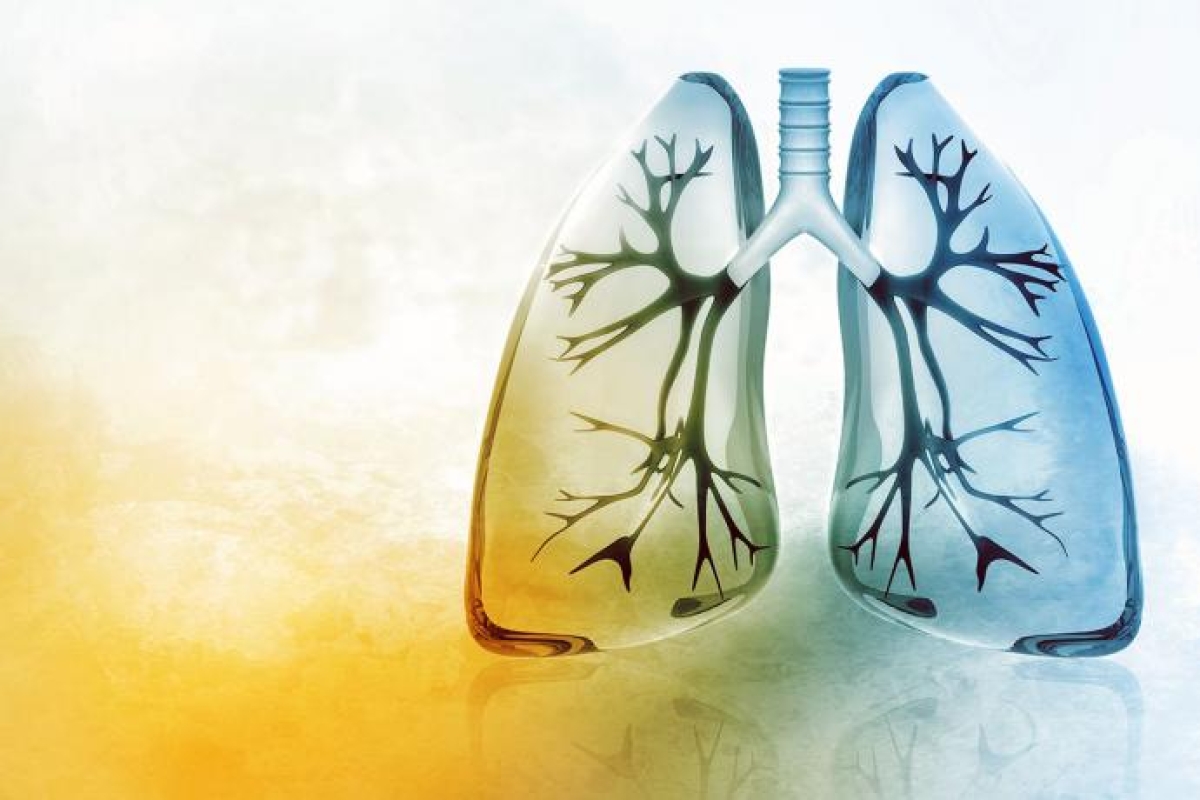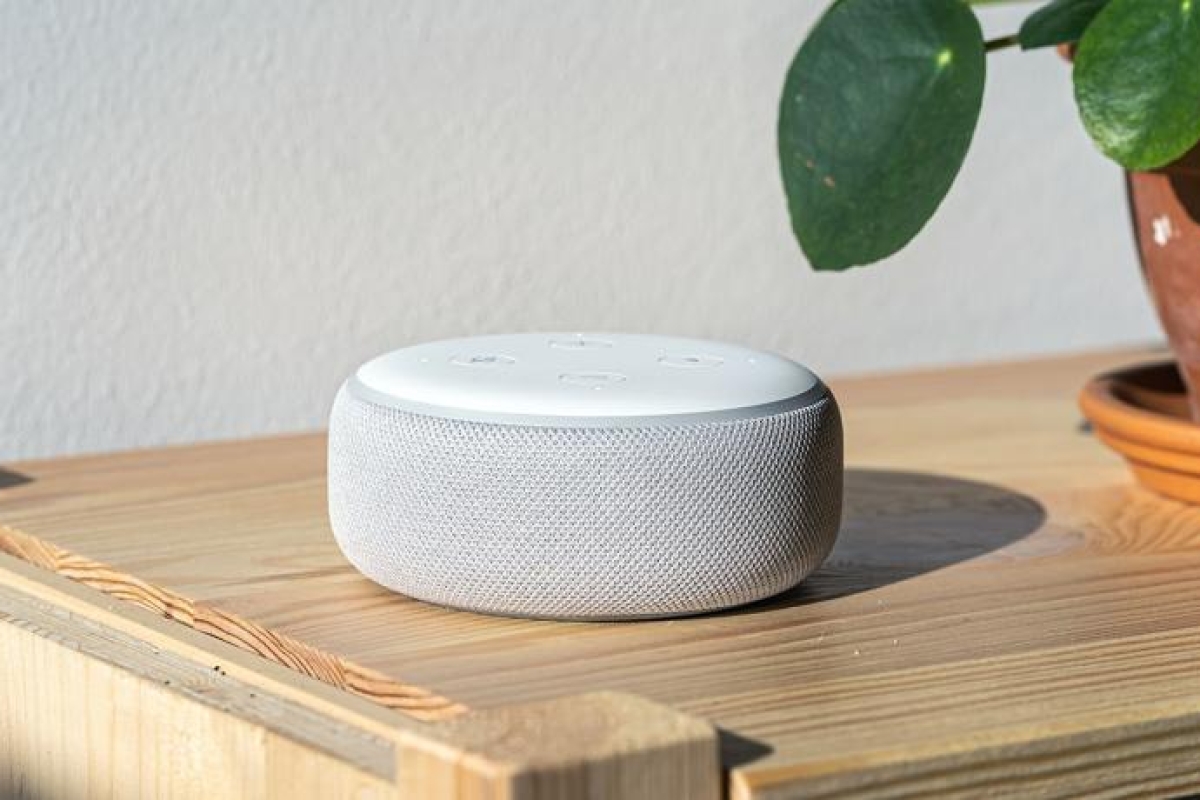Lung cancer is the leading cause of cancer-related mortality in the United States and globally. A key issue has been that lung cancer diagnosis often occurs quite late and in its advanced stages, resulting in poor outcomes. Within the past decade, landmark randomized clinical trials including the National Lung Screening Trial (NLST) and more recent NELSON study, have demonstrated the efficacy of low-dose computed tomography (LDCT) for detecting lung cancer sufficiently early. Consequently, new lung cancer screening programs have launched, providing ongoing surveillance of individuals deemed at high risk for developing this disease. However, these programs face numerous pragmatic challenges, ranging from low enrollment and adherence to ongoing surveillance given a lack of patient and provider understanding about lung cancer and screening, through to costs and limited resources that need to be optimally utilized.
Alongside UCLA’s lung cancer screening experts, the Center for SMART Health is helping set the stage to improve screening by exploring several different strategies, including outreach through online patient portals and working with community partners to develop strategies that encourage enrollment and continuance with recommended imaging follow-up; developing novel ways to conduct risk stratification of at-risk individuals to optimize screening frequency; and seeking new ways to provide better patient engagement for cancer screening.







